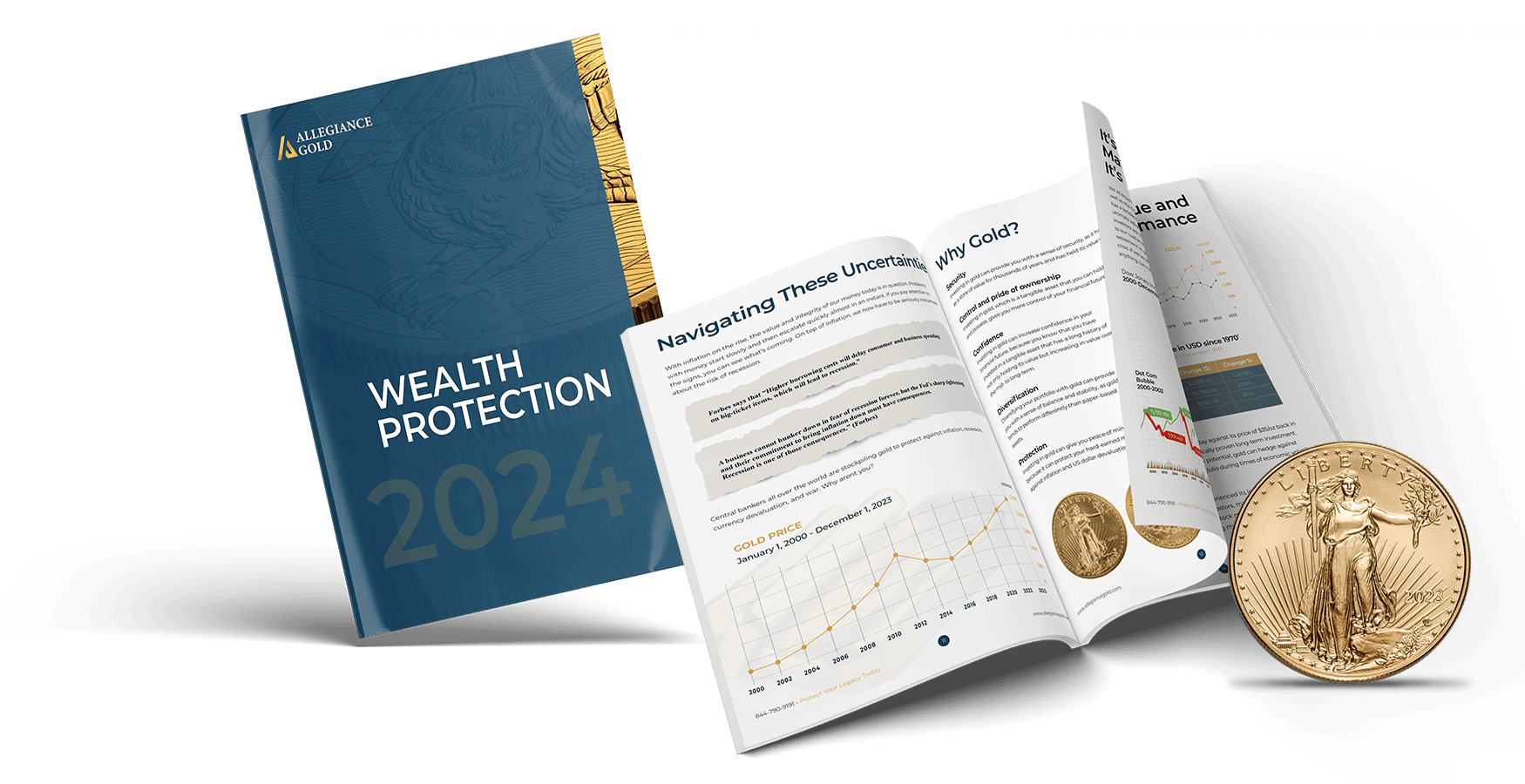While you can’t guarantee consistent gains, you can strategize effectively utilizing certain principles as a roadmap to your investment success.
Creating a financial plan can be a challenge but one you want to accept with confidence. When you start off being prepared, you know what’s important to consider and what to watch out for.
Financial experts will often mention 4 main components to investing successfully and growing your portfolio to preserve and expand your wealth while having a sufficient amount to retire comfortably. Although you can’t guarantee consistent gains, you can strategize effectively, using key principles as a roadmap on your investment journey. These main factors include growth potential, return on investment, balanced risk, and liquidity options.
Although it’s rare to find these investment opportunities in the stock market alone, diversifying your portfolio will enable you to include secure assets that embody the quadfecta.
In a financial crisis, as we’ve experienced in 2008 and more recently during the Coronavirus pandemic, investors have been turning to precious metals for their ability to persevere in an economic downfall and safeguard retirement savings in a dwindling market. Here’s how their benefits are encompassed in these portfolio hedging strategies:
Potential for Growth:
When we think of growth investments, we may envision young or smaller companies whose earnings are expected to increase at an above-average rate compared to their industry counterparts or even the overall market. In bull markets, these stocks may prove to be profitable but in bear markets, they are extremely unstable as one day they may be up, and the next day the company folds.
Savvy investors do their research on assets to find assets that are undervalued with significant growth potential and rising demand. According to Citi and Goldman Sachs, precious metal investments are still undervalued and are poised to skyrocket, especially given the bleak outlook of our currency and economy. Silver in particular, currently at a fraction of the price of its golden counterpart, has tremendous growth potential as it’s extremely undervalued at $24/oz and has a rising demand for both industrial and medicinal use. It has also doubled its value since its initial dip in March and is predicted by major banks to increase another 60% if not more within the next year.
Return on Investment:
Although precious metals are typically viewed as wealth insurance rather than a short term investment, both gold and silver have seen dramatic increases this year in a time of a global health crisis as well as economic and political turmoil. Gold has reached record highs, surpassing the $2000 benchmark in August 2020 while silver, as previously mentioned doubled in value since the onset of the Coronavirus lockdowns in March 2020. Historically, precious metals have a tendency to perform well in times of economic crises. Gold has catapulted its value by 500% since the dot com bubble of 2000, making it not only a proven, safe-haven asset but a bonafide portfolio enhancer for long-term investment strategies. Since the 2008 market crash, gold has increased 250% making it a viable asset to help secure retirement savings.
Risk vs. Reward:
Investment risk weighs the probability or uncertainty of losses compared to profit from investment due to an unpredictable market for bonds, stocks, real estate, etc. There are various types of risks associated with investments – whether systemic or overall market risks, inflation, rising interest rates, and currency debasement, as well as non-systemic risks such as business, political, financial, and more.
Systemic Risk: This type of risk is usually integrated with the stock market and dependent on economic circumstances such as the value of the dollar and its purchasing power. Currency debasement, inflation risk, and exchange rate risk are intertwined as they directly impact the investment yield. Interest rate risk also affects investment outcome as when interest rates rise, the value of stocks and bonds typically sees losses.
Unsystematic Risk: This type of risk is more dependent on the type of asset or investment you’re making. If it’s a brand or stock – is the company or brand stable or sustainable? Is there a financial risk in terms of a firm’s financial structure’s ability to negatively impact the value of the investment? There could also be political risks which would include trade barriers, taxes, legislation, and administration, which would lower the number of profits and returns to stakeholders.
Historically, precious metals have been able to stand the test of time, multiplying in value, and surging to break new barriers. There’s a reason why gold and silver are nicknamed “crisis commodities” as particularly in times of financial declines, gold and silver tend to rise. Precious metals have a long track record of increasing at percentages well above the S&P and Dow Jones over the years. The chart below shows the movement over the past 50 years, 1970-2020.
As you can see in the chart above, gold is climbing at a rate that’s exponentially higher than both the Dow Jones and S&P 500, proving it doesn’t only serve as a viable asset to balance the risk of a volatile stock market, but also profitable in long-term investments where it sees significant gains over an extended period of time.
Liquid Assets:
It’s important to consider the liquidity of stock before making an investment decision. Why? Because it determines the accessibility of your investment and how seamlessly and efficiently it could be converted to cash in time of need.
The link between liquidity and market volatility has become tighter, creating feedback loops that exacerbate market turbulence. The US economy still has a long road to normalcy as the uncertainty of the market is still elevated. Investors’ hope for positive vaccine developments is teetering on the edge of a precarious situation. It’s becoming clearer and clearer that investors need to focus their attention on liquid assets as they’re growing increasingly scarce in financial markets.
Since gold and silver are can be easily converted to cash, they are extremely liquid. Many investors opt to diversify their portfolios with gold for that specific reason. With a self-directed precious metals IRA, you can easily roll over existing retirement assets from a 401(k), TSP, IRA, or similar account into a gold IRA, allowing you to benefit from investing in silver and gold while still retaining the same tax advantages as a conventional IRA account. You are also not bound to stay within a specific range you can invest in, as you would with traditional accounts and you have full control of where you keep your gold, how much of it you want to own, as well as if and when you want to sell or preserve for generations to come.
Ultimately, diversifying your investments drastically reduces your level of risk. When determining how to build and diversify your portfolio to grow and protect your hard-earned money, consider what appropriate asset allocation is right for your budget, age, and risk tolerance. If you do that, you’ll be well on your way to creating a strong financial future.
To learn more about the best ways to secure your retirement savings, contact an Allegiance Gold Account Executive today!

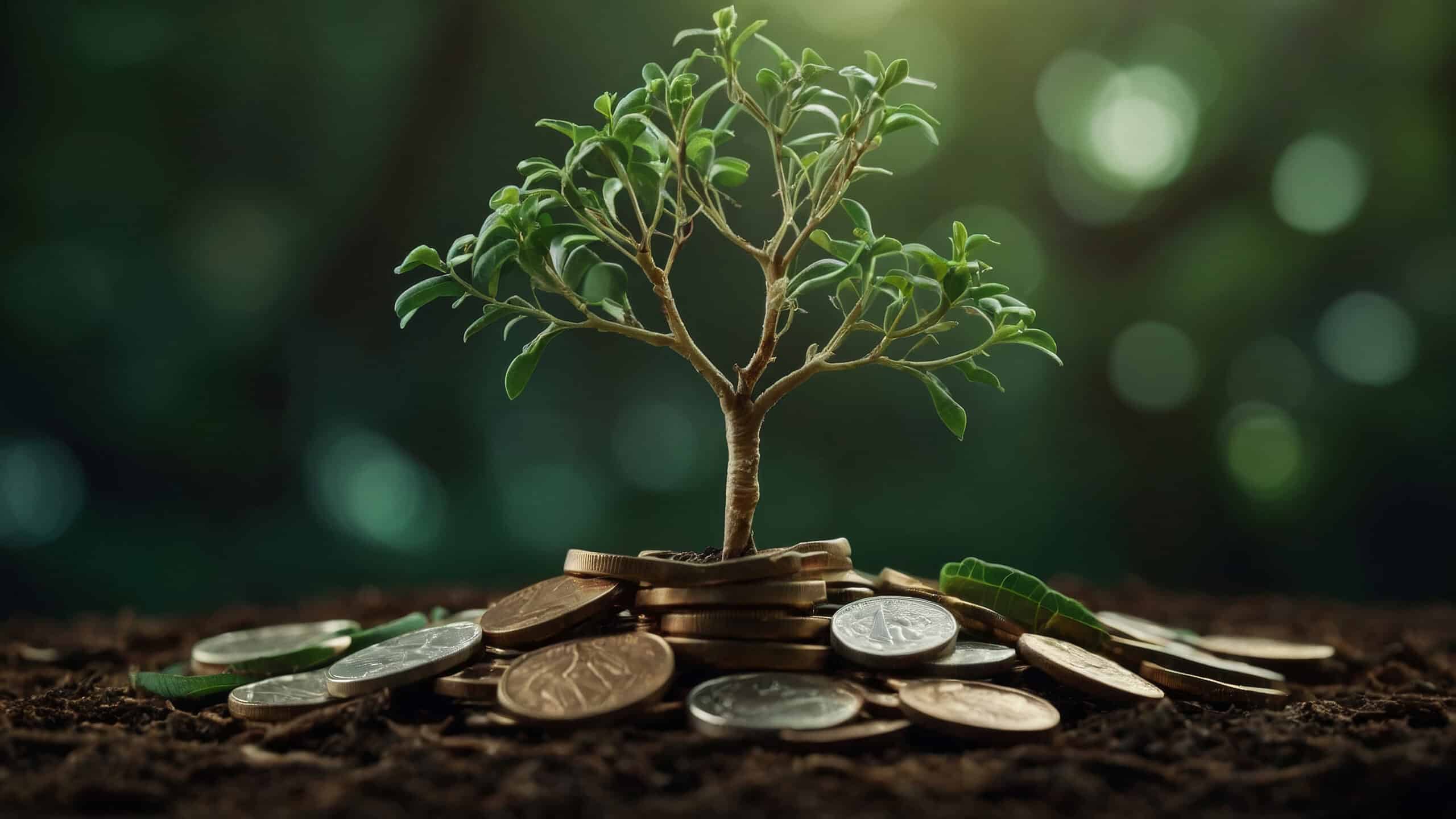
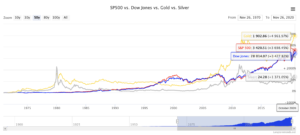
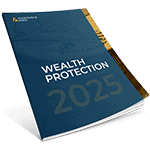
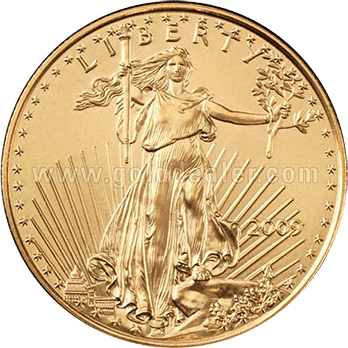 Gold Products
Gold Products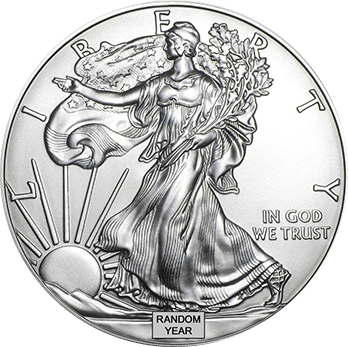 Silver Products
Silver Products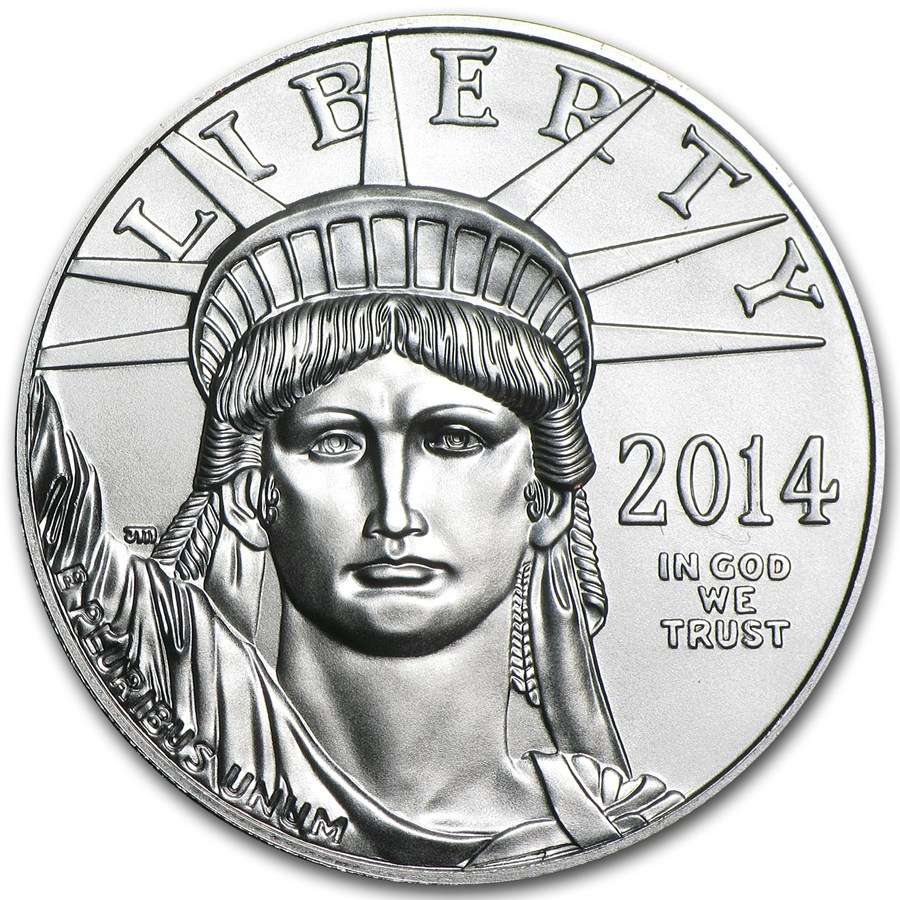 Platinum
Platinum